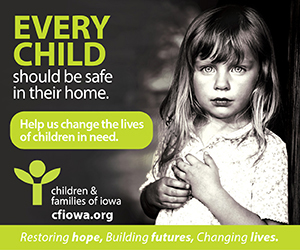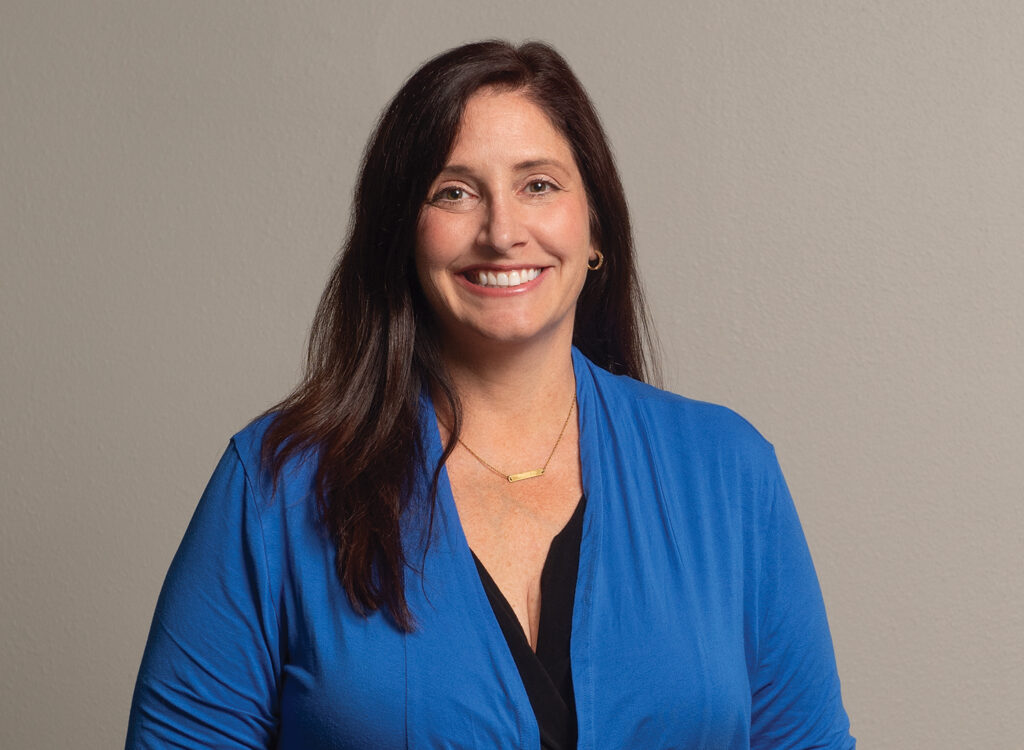A Closer Look: Brent Willett

PERRY BEEMAN Feb 6, 2018 | 5:43 pm
7 min read time
1,568 wordsAll Latest News, Business Record Insider, Health and WellnessBrent Willett joined the Iowa Health Care Association as its president and CEO in September, just a week before the organization’s annual convention. That timing gave Willett, who was previously executive director of the Cultivation Corridor, the opportunity to meet many of the nearly 1,000 IHCA members attending the event. Before leading the Cultivation Corridor, Willett was president and CEO of the North Iowa Corridor Economic Development Corp., and earlier in his career he worked for the Iowa Economic Development Authority, the Fairfield Economic Development Association and the Fairfield Area Chamber of Commerce. The IHCA — along with its divisions, the Iowa Center for Assisted Living and the Iowa Center for Home Care — is a nonprofit trade association representing the long-term care continuum. Willett leads a full-time staff of 12, including a lobbying team that represents the industry at the Iowa Statehouse.
What kind of a learning curve has there been for you in health care?
One of the reasons that I took the job was having interacted with a few members of our staff; we have extremely deep technical knowledge on our staff. So really early on, it’s been a huge learning curve, but it’s also been an exercise in leadership and empowering our staff members to demonstrate even more leadership and idea making, because I need that as someone new to the profession. … I treat this as a multiyear learning curve. … It’s an extremely complex portfolio of work we’re charged with here.
What key issues rise to the top for you?
One of our primary, long-standing and increasingly acute challenges is the lack of funding in the Medicaid system, both at the state and federal levels. At the state level, we know that revenues have not kept up with expenses in terms of the state’s budget, and really difficult decisions have to be made, but it’s our job to demonstrate the challenge that underfunding has created in long-term care. Right now we are underfunding long-term care Medicaid patients by about $30 per person, per day. That doesn’t mean they don’t get the care that they need, but it does mean that our providers have to find places to absorb those losses and shift those costs. And they are operating on very narrow margins, in many cases less than 1 percent. There’s nowhere to shift that cost except to raise the cost of private-pay residents, who end up having their costs inflated because we don’t have enough money in the system to support the cost of Medicaid long-term care patients. We’ve seen private-pay rates grow by $10 to $15 a day at least over the last five years, and we’re projecting that to continue.
What challenges does this create for your member providers?
The transition to Medicaid managed care (which happened in April 2016) has been a challenge for some of our providers, primarily as it relates to the advanced administrative burden that the system has created. … We’ve seen an increase in pending claims or claims denials that tend to go to appeal. … It is a long, drawn-out process in many cases. We at the association agree that for certain populations there can be a role for managed care in Iowa. With the majority of our population being chronic long-term care, which are folks who are unlikely to be moving within care settings and having their care changed, there’s not as much of a role for care coordination, because there’s not much to coordinate; it’s just staying the same. We’re open to new ideas about how we manage that particular population and are certainly engaged in discussions about that.
Is managed care creating financial stress for many providers?
We haven’t seen a tremendous amount of closures yet; there were about four nursing homes that closed last year. We are concerned about smaller independent operators. Fifty-one percent of individuals receiving long-term care in Iowa are (receiving) Medicaid. So when we’re not able to fully fund the cost of half of the population, that becomes burdensome for independent smaller providers who can’t necessarily bridge that cost, or that have a high Medicaid census. We’ve identified about 65 nursing homes in Iowa that have a Medicaid census of 65 percent or higher, so those are the folks who are certainly at risk.
What legislative issues are important this year?
Number one, we’re interested in finding ways to claw back the elimination of 90-day retroactive Medicaid eligibility (that was enacted as a cost-containment measure in last year’s state budget). That’s a big deal for our providers. That 90-day window that’s still in place in 49 other states is there for a reason, not because it’s a benefit but because it’s an administrative tool to ensure that somebody who is a private-pay resident in a facility who becomes Medicaid-eligible — which means they’ve run out of money — that the provider can have a reasonable expectation of being reimbursed for the cost associated with caring for that person during the period when they’ve run out of money but they’ve not yet been approved for Medicaid. Now it’s a maximum of 30 days, going back to the first of the month. So for providers that means they end up paying for care they’re not reimbursed for, so it’s a cost-shift to providers. … We have talked with dozens of legislators and the governor’s office and have seen tremendous support and recognition that this was an unintended consequence of this action, so we’ve seen a great deal of support for finding a fix.
Another major priority for us — we are proposing that the state exempt chronic long-term care from the managed care system and move them back to a fee-for-service system and use some of the savings that that would create. Currently the managed care organizations are receiving an 8 to 12 percent administrative fee for managing those cases, and we don’t believe there’s a lot to manage in those cases. We want to use some of the savings from that to help fund some of this chronic lack of funding in Medicaid reimbursement. We think there’s a real case to be made (for doing this) with this population.
Have any other states tried doing this?
A number of states have looked at it, but none have executed an exemption of long-term care. There are states that never included long-term care in the first place — Tennessee is an example — which is a recognition that there wasn’t a need for managed care for this population. Florida is an example of a state that continues to take a hard look at exempting long-term care from managed care.
Do you foresee much growth in membership ahead?
In the aggregate, no, and the reason for that is we represent the vast majority of providers already. In that context there’s not a lot of room for growth. We’re certainly paying attention to trends that are placing stress on independent rural nursing homes. I think it’s very likely there will be fewer independent, smaller rural nursing homes in five years than we have today. So from a membership standpoint we’re probably going to lose some of those. Fifteen years ago, we diversified into assisted living and created the Iowa Center for Assisted Living. Three years ago, we diversified into home care and created the Iowa Center for Home Care. In three years, we’ve come to represent nearly 100 separate home care agencies. We also represent about 100 medical directors through the Iowa Society for Post-Acute and Long-Term Care. We’ll continue to look at the care continuum and identify which areas we believe we can add value to.
Do your 12 staff members specialize by areas of care?
We’re one of the most diversified long-term care organizations in the country, both in terms of our size and the breadth of the care continuum that we represent. … We have staff leads who serve as points of contact for each area, but everybody is cross-trained and works across the care continuum. Not only can each of our staff members be of service to each of our members, but it keeps us grounded and nimble in really understanding what’s happening on the ground. We want to be able to represent the care continuum across the board; that’s been a deliberate approach here for a long time, and I think it’s the right one.
Are you getting involved in any new civic organizations?
That’s a big goal of mine in 2018; I have been so involved with my head down working to get up to speed in this new role — it’s been a very intense time. It’s a challenge switching industries, even in town. You leave a lot of those events and organizations behind on a day-to-day basis and you really build up a new core set of things. Coming from economic development, I have a huge appreciation for the role that civic organizations play locally and across the state.
Do you still get a chance to run?
I made that a priority, despite how busy things have been. It helps me to clear my head. The fitness side of it’s great, but it’s my cognitive cleansing activity more than anything. I have a 2½-year-old at home, so when I get it done can be at all hours of the night or early in the morning. I’m really looking forward to running Dam to Dam this year.







